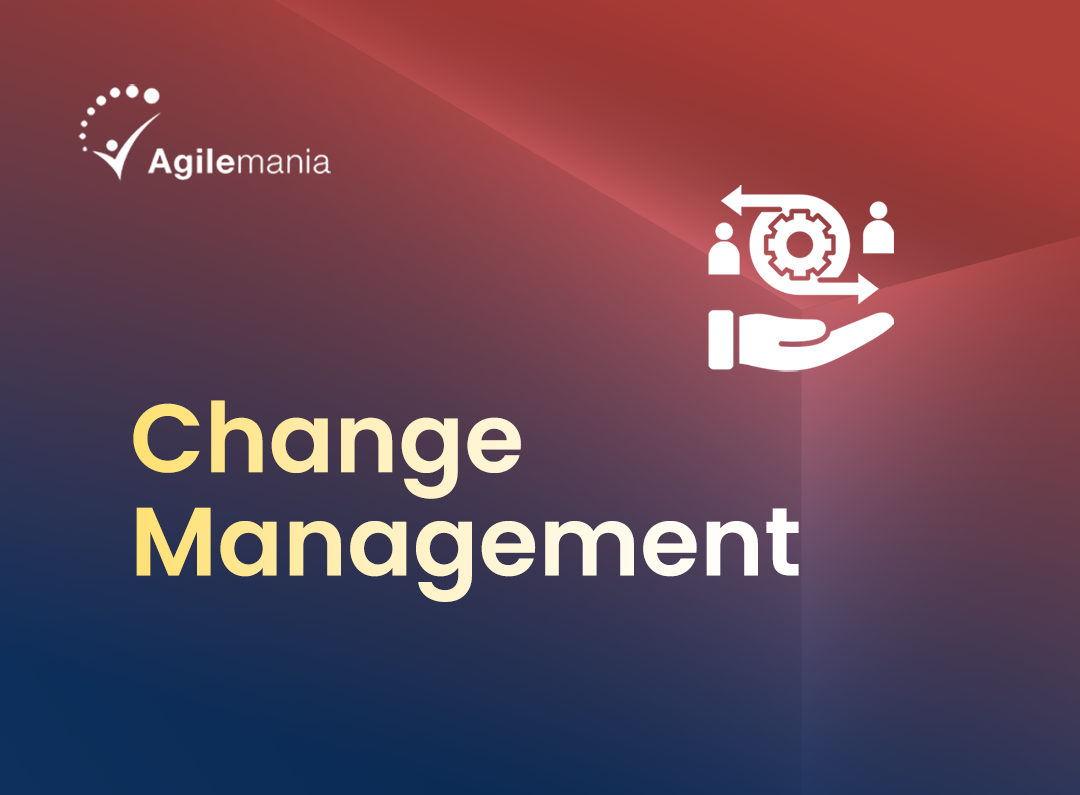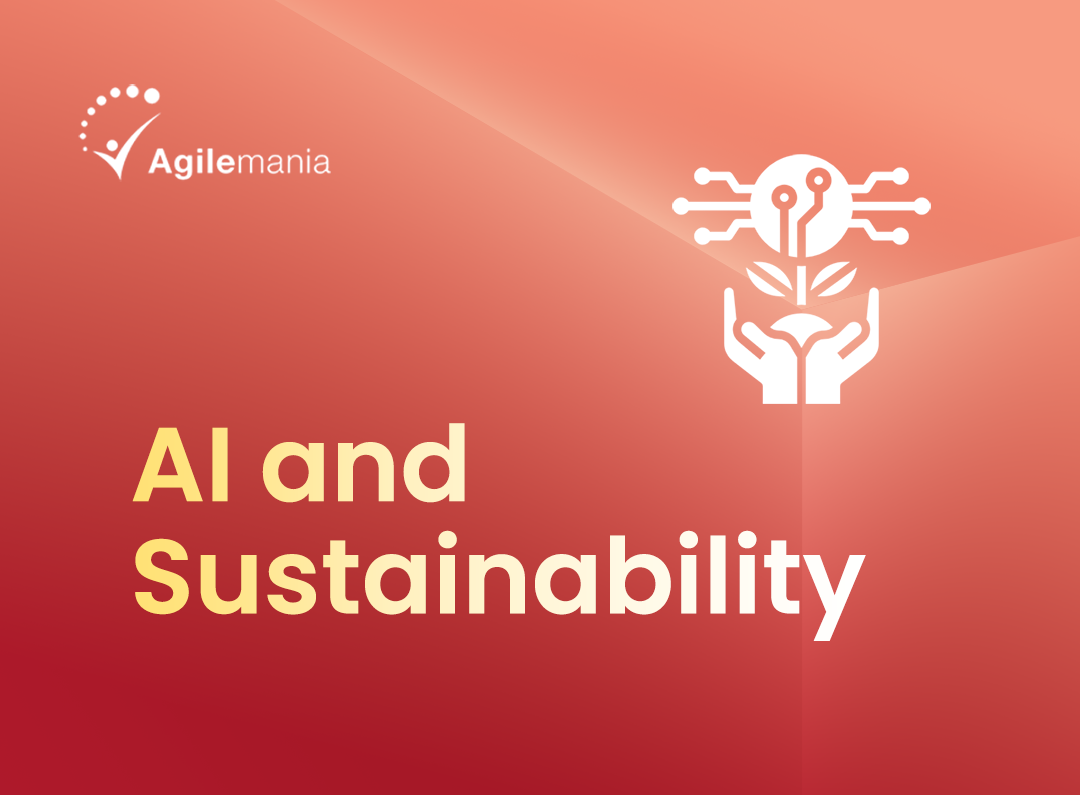In today’s fast-paced and ever-evolving market, businesses must be adaptable to survive and thrive. This need for adaptability has given rise to the concept of business agility, a term that’s become a central pillar in modern organizational strategies. But what exactly is business agility, and why does it matter?
Defining Business Agility
Business agility refers to an organization’s ability to rapidly respond to changes, whether driven by customer demands, technological advancements, market shifts, or competitive pressures. It’s not just about being fast; it’s about being flexible and resilient while maintaining focus on delivering value.
At its core, business agility involves adopting Agile principles beyond just the IT department. Traditionally, Agile has been synonymous with software development, but in an agile business, this mindset permeates the entire organization, from HR and marketing to operations and leadership. The goal is to create a culture where employees can respond quickly to challenges, collaborate effectively, and continuously improve.
The Five Pillars of Business Agility
When exploring business agility, we can break it down into five key domains that drive success: Responsive Customer-Centricity, Engaged Culture, Value-Based Delivery, Flexible Operations, and People-First Leadership.
Responsive Customer-Centricity
One of the most important elements of business agility is focusing on customer needs. Customer preferences and market trends change rapidly, and organizations that can quickly pivot to address these shifts gain a competitive edge. Responsive customer-centricity means putting the customer at the heart of every decision and action. This requires a deep understanding of customer behavior and an ability to forecast and meet their evolving needs.
Tools like continuous feedback loops and real-time data analytics allow businesses to understand what customers want and to react quickly. Agile frameworks also encourage collaboration between cross-functional teams, ensuring the entire organization remains aligned on delivering customer value.
1. Engaged Culture
Building an engaged culture is crucial for fostering business agility. Employees who feel empowered, valued, and motivated are more likely to embrace change and innovate. Agility starts with people, and organizations that prioritize open communication, collaboration, and trust are better equipped to handle disruption.
Creating a culture of engagement means involving employees in decision-making, fostering psychological safety, and promoting a mindset of continuous improvement. When teams are encouraged to experiment and learn from their failures, they can quickly adapt to changing circumstances without the fear of making mistakes.
2. Value-Based Delivery
Business agility isn’t just about working faster; it’s about delivering value to customers efficiently. Organizations must prioritize outcomes over outputs, focusing on delivering products or services that offer the most significant value to the customer. In an agile environment, this is often achieved through iterative processes, where teams release incremental updates or features, gather feedback, and make necessary adjustments.
Value-based delivery ensures that businesses are not just meeting deadlines or hitting quotas but are genuinely adding value to their customer’s experiences. This approach reduces waste and optimizes resources, allowing teams to concentrate on high-priority tasks.
4. Flexible Operations
Operational flexibility is a cornerstone of business agility. In today’s volatile business environment, rigid systems and processes can stifle innovation and responsiveness. Flexible operations enable organizations to scale, adapt, and innovate as required. This flexibility often involves leveraging technology to streamline workflows, automate repetitive tasks, and empower employees to focus on strategic activities.
Agile businesses adopt scalable frameworks like DevOps, which combine development and operations teams to speed up delivery, ensure higher quality, and minimize bottlenecks. Similarly, Agile project management methodologies such as Scrum and Kanban provide a structured yet adaptable approach to managing workflows, ensuring teams can pivot as priorities change.
5. People-First Leadership
At the heart of business agility is a leadership philosophy that places people before processes. Agile leaders prioritize empowering teams, fostering collaboration, and creating an environment where employees can grow and innovate. Rather than relying on traditional top-down management structures, agile leaders encourage autonomy, accountability, and shared decision-making.
People-first leadership is about trust. Leaders provide the vision, set the goals, and then trust their teams to deliver results in the best way they see fit. This enables faster decision-making, fosters creativity, and ensures the organization can respond rapidly to changing circumstances.

Want to Drive Real Business Agility? Contact our experts to learn how to implement business agility in your organization and stay ahead of the competition.
Contact UsThe Importance of Business Agility
In today’s competitive landscape, the ability to pivot quickly can be the difference between success and failure. Business agility allows organizations to:
- Respond to Market Changes: Agility ensures businesses can adapt to external factors like customer preferences, regulatory changes, or economic shifts.
- Foster Innovation: An agile organization encourages continuous learning and experimentation, leading to more creative solutions.
- Enhance Collaboration: Agility promotes cross-functional collaboration, breaking down silos and ensuring that all departments work together toward common goals.
- Improve Customer Satisfaction: By placing customers at the center, agile businesses can deliver products and services that truly meet their needs.
- Drive Sustainable Growth: Agile businesses are better positioned to grow and scale by focusing on delivering value while remaining flexible.
Conclusion
Business agility is not a one-size-fits-all solution. It’s a mindset and culture that organizations must foster across all levels. By embracing customer-centricity, building an engaged culture, focusing on value, ensuring operational flexibility, and adopting people-first leadership, companies can thrive in an ever-changing world. In the end, business agility is about more than just speed—it’s about delivering value in a way that is sustainable, adaptable, and focused on the future.
Master Business Agility with Expert Training!
Unlock the power of Agile principles across your organization. Enroll in our comprehensive training and build an agile culture today!
Enroll Now































































































